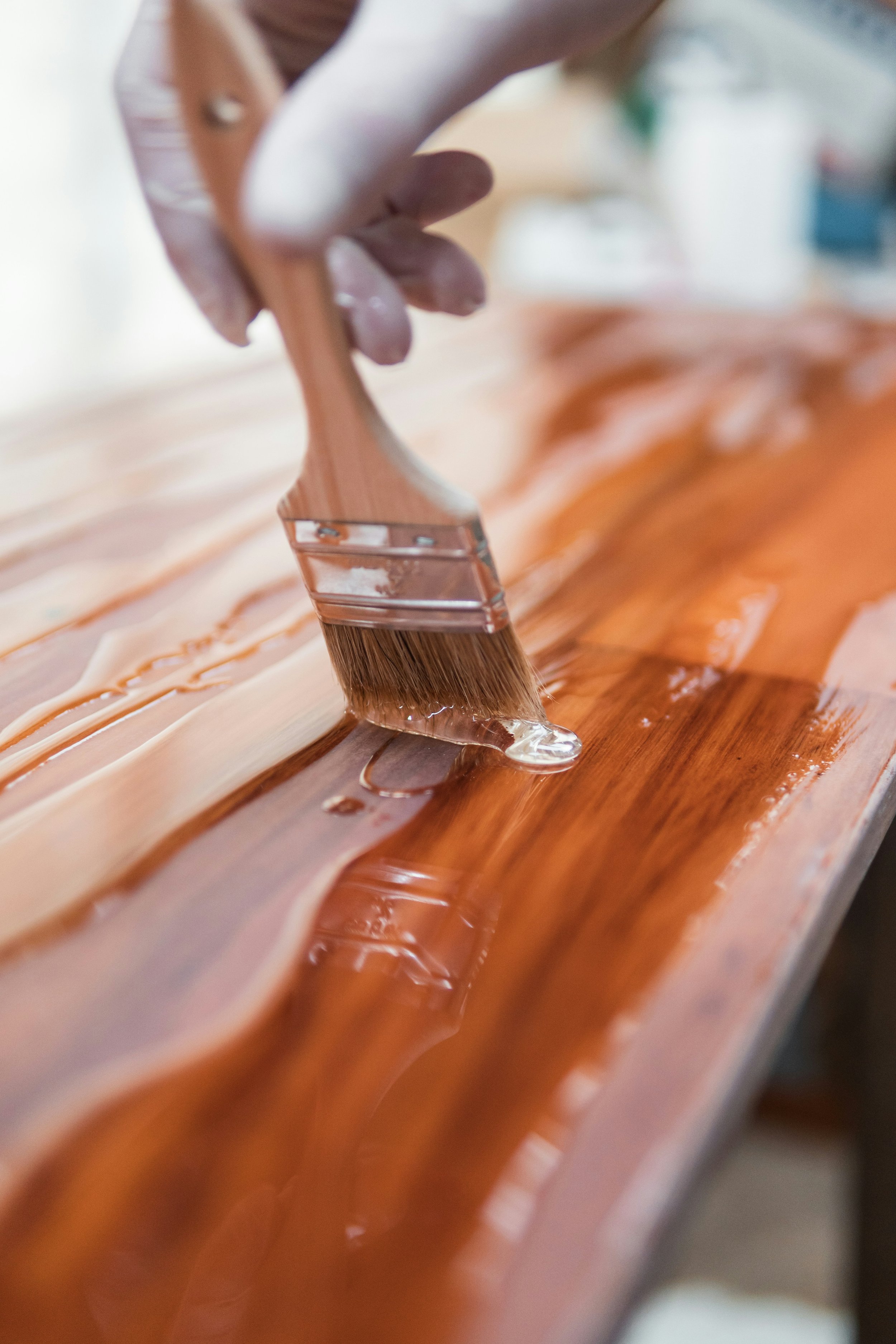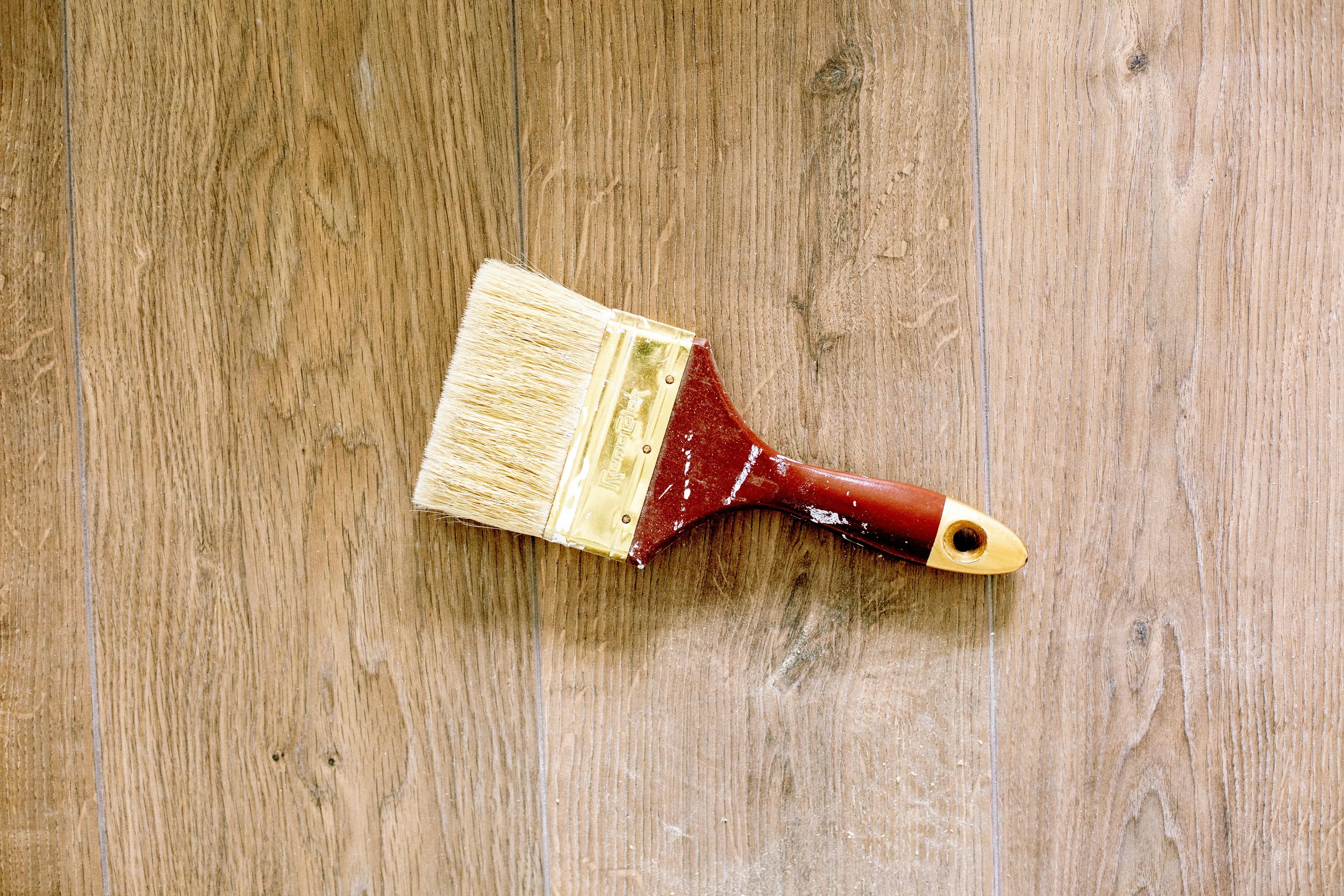How to Remove Stain from Wood: Easy Techniques
Learn how to remove stains from wood with these easy techniques. Say goodbye to stubborn marks and restore your wood’s natural beauty effortlessly!
There’s nothing quite as disheartening as spotting a stubborn stain on your beautiful wood furniture or floors. Whether it’s a coffee ring on the table, a watermark from a leaky glass, or a mysterious dark spot, wood stains can be a real eyesore. But don’t fret! With a little know-how and some elbow grease, you can tackle those blemishes and restore your wood to its former glory.
In this guide, we’ll cover how to remove stains from wood: easy techniques that are simple to follow and effective. From everyday household items to specialized tools, we’ve got all the tips and tricks you need to make your wood surfaces shine again. Let’s dive in!
Why Do Wood Stains Happen?
Before we jump into solutions, it’s good to understand what causes these pesky stains in the first place:
Water Damage: Spills or condensation can leave white or cloudy marks.
Heat Marks: Placing hot dishes or cups directly on wood can create white rings.
Ink or Dye Spills: Accidental drips from pens or colored liquids can soak into the wood grain.
Oil or Grease: Greasy food or oily substances can leave dark, stubborn spots.
Mold and Mildew: Prolonged exposure to moisture can lead to unsightly black stains.
Wood surfaces are beautiful and versatile, but they can be vulnerable to a variety of stains and marks if not properly cared for. Water damage, often caused by spills or condensation, can leave white or cloudy marks that dull the wood’s appearance. Heat marks from hot dishes or cups can create unsightly white rings, while ink or dye spills may seep into the wood grain, leaving behind stubborn discoloration. Oil or grease stains, from food or other substances, can penetrate the surface and cause dark spots that are difficult to remove. In damp conditions, mold and mildew can develop, leading to black stains that compromise the wood’s look and health. Addressing these issues promptly can help restore and protect your wood surfaces.
Tools and Materials You’ll Need
Here’s a quick list to get you prepped for battle:
Basic Supplies
Clean cloths or rags
Fine steel wool
Baking soda
White vinegar
Olive oil
Dish soap
Lemon juice
When it comes to removing stains and restoring wood surfaces, having the right materials on hand makes all the difference. Clean cloths or rags are essential for wiping away debris and buffing the surface to a shine. For tougher spots, fine steel wool can gently scrub without causing damage. Household staples like baking soda and white vinegar are powerful, natural cleaners that tackle various stains effectively. Adding a bit of olive oil can restore luster to dull wood, while dish soap helps break down grease and grime. For a fresh, natural touch, lemon juice is a great choice for treating light stains and adding a clean scent. With these simple supplies, you can keep your wood surfaces looking their best.
Advanced Tools (Optional)
Sandpaper (220-grit or finer)
Wood polish or wax
Commercial wood stain remover
Hairdryer
Restoring the beauty of wood surfaces often requires a few specialized tools and materials to address stains, marks, or dull finishes. Sandpaper (220-grit or finer) is perfect for gently smoothing out light scratches or blemishes without damaging the wood. To enhance the wood’s natural shine and protect it, wood polish or wax provides a finishing touch that revitalizes its appearance. For more stubborn stains, a commercial wood stain remover can tackle deep-set marks effectively, making it a must-have for challenging spots. A hairdryer is surprisingly handy for addressing water rings or moisture-related marks, as gentle heat can help lift stains from the wood. Armed with these tools, you’ll be ready to restore your wood surfaces to their original elegance.
How to Remove Stain from Wood: Easy Techniques
Ready to roll up your sleeves? Here’s a step-by-step breakdown for tackling different types of stains on wood.
1. Removing Water Stains (White Rings or Spots)
These are the most common and often caused by moisture trapped beneath the wood’s surface.
Use Heat:
Grab a hairdryer and set it to low heat.
Move it back and forth over the stain until the moisture evaporates.
Apply Mayonnaise or Petroleum Jelly:
Dab some onto the stain and let it sit for an hour (or overnight for tougher marks).
Wipe it away with a clean cloth.
2. Banishing Heat Marks
Got a white ring from a hot mug? Here’s what to do:
Iron It Out:
Place a thin cloth over the stain.
Use an iron on low heat to gently press over the cloth for a few seconds.
Lift and check; repeat if needed.
Mix Baking Soda and Water:
Combine into a paste and rub gently onto the stain.
Wipe clean with a damp cloth.
3. Tackling Ink or Dye Stains
Ink stains can be a pain, but they’re not impossible to remove.
Rub Alcohol to the Rescue:
Apply rubbing alcohol to a cotton ball or cloth.
Gently dab (don’t rub!) the stain until it lifts.
Try a Toothpaste-Baking Soda Combo:
Mix non-gel toothpaste with baking soda.
Apply to the stain, rub gently, and wipe clean.
4. Dealing with Oil or Grease Stains
Oil stains sink deep into the wood, so quick action is key.
Sprinkle Baking Soda or Cornstarch:
Cover the stain and let it sit for 30 minutes to absorb the oil.
Wipe away and repeat if necessary.
Use Dish Soap:
Mix a few drops of dish soap with warm water.
Gently scrub the stain using a cloth or sponge.
5. Removing Dark Stains or Mold
Dark stains often indicate deeper damage, but they’re still fixable.
Try White Vinegar:
Soak a cloth in white vinegar and lay it over the stain.
Leave it for an hour, then wipe clean.
Use Oxalic Acid:
Mix oxalic acid powder with warm water (follow the product instructions).
Apply to the stain and let it sit for a few minutes before rinsing.
Refinishing the Wood
Sometimes, removing the stain requires sanding and refinishing the wood. Here’s how:
Sand the Area:
Use fine sandpaper to gently remove the stained layer.
Sand in the direction of the wood grain to avoid scratches.
Apply Wood Stain:
Match the stain color to your existing wood finish.
Apply with a cloth or brush and let it dry.
Seal It:
Finish with a layer of wood polish, wax, or polyurethane for protection.
Restoring stained wood surfaces is a straightforward process that can bring back their original charm. The first step is to sand the area gently using fine sandpaper, carefully removing the stained layer while following the direction of the wood grain to prevent scratches. Once the surface is smooth and clean, apply a wood stain that matches your existing finish. Use a cloth or brush for even coverage, allowing it to dry completely for a seamless look. To complete the restoration, seal it with a protective layer of wood polish, wax, or polyurethane. This not only enhances the finish but also guards against future stains and damage. With these steps, your wood surfaces will look refreshed and beautifully preserved.
Preventing Future Stains
An ounce of prevention is worth a pound of cure, right?
Use Coasters and Mats: Protect wood surfaces from water rings and heat marks.
Clean Spills Immediately: Don’t let liquids sit and soak in.
Apply a Protective Finish: Use wood sealants to create a barrier against stains.
Keep Humidity Levels in Check: Prevent mold and mildew with a dehumidifier.
Protecting wood surfaces from stains and damage is key to maintaining their beauty and longevity. Simple preventive measures can go a long way in preserving their pristine condition. Start by using coasters and mats to shield the wood from water rings, heat marks, and scratches caused by everyday items. Clean spills immediately to prevent liquids from soaking into the surface and causing stubborn stains. Applying a protective finish, such as a wood sealant, creates a durable barrier that guards against moisture and dirt. Additionally, keeping humidity levels in check with a dehumidifier helps prevent mold and mildew from forming, especially in damp areas. These easy steps ensure your wood surfaces remain elegant and well-protected for years to come.
Conclusion
Stains on wood don’t have to be a dealbreaker. With these how to remove stains from wood: easy techniques, you can tackle just about any blemish and restore your wood surfaces to their natural beauty. Whether you’re dealing with water rings, ink spots, or greasy marks, there’s a solution for every problem.
So, roll up your sleeves and give it a go! Not only will your furniture or floors look fantastic, but you’ll also gain the satisfaction of conquering those stubborn stains like a pro.
Read next: How to Stain Wood: A Complete Beginner's Guide
Frequently Asked Questions
1. Can I use bleach to remove stains from wood?
Yes, but use it sparingly and dilute it with water to avoid damaging the wood.
2. How do I remove a stain without sanding?
Try using household items like vinegar, baking soda, or toothpaste first.
3. Will removing a stain change the wood color?
It can, especially with deeper stains. Refinishing may be necessary to blend the color.
4. Can I remove old stains from wood?
Absolutely! Older stains may require a combination of methods or more elbow grease.
5. Is commercial wood cleaner better than DIY solutions?
Both work, but commercial cleaners are often faster and designed for tough stains.






